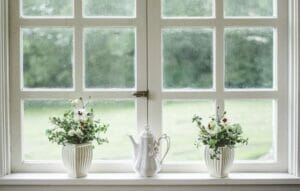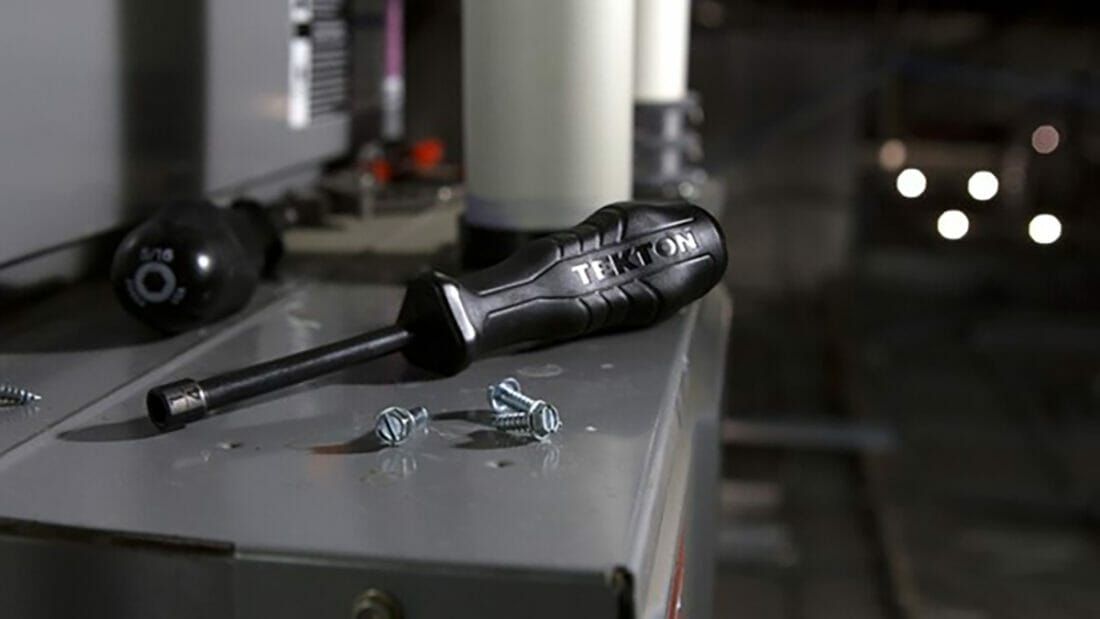How to Improve a Building’s HVAC and Energy Efficiency
There’s nothing that separates us more from the outside world than the air conditioning and heating we use in our daily lives. With these systems, we can create our environment, as cool or as warm as we want.
There’s a push that people want to use their HVAC and energy systems as effectively as possible so it doesn’t have to run as long and can save them money: yet the answers on how they can do this are murky at best.
These are the best ways to improve any building’s HVAC and energy efficiency; anyone can make these changes and cut down usage or problems immediately.
Increase or Replace Your Insulation

Your heating and cooling system’s main focus is regulating the temperature within your property. If this building lets in many exterior weather conditions: it will cause your heating and cooling system to run harder and for longer.
It’s up to you to set this equipment up for success, which means paying attention to how much insulation is in the building. There are two main places that insulation sits, in exterior walls and attics and roofing areas. If you don’t know when your insulation was checked, it’s a good idea to have it inspected.
Having too little insulation, or below-grade insulation that’s too old to offer any help, could be letting in the elements and causing your HVAC to run constantly.
Ensure There Are As Few Drafts As Possible

Like insulation, this is about ensuring that you’re doing your part to keep everything moving smoothly. Check all doors, windows, and floorboards for gaps that cause drafts.
A fantastic way to keep an eye out for these issues is to do a candle test. Light a candle and slowly walk it through an area you think is drafty while the HVAC system isn’t currently running. If the flame flickers strongly one way or another, that means there’s airflow that shouldn’t be there.
A few things can be the culprit, from having cheap siding instead of steel lap siding to a home that’s shifted and caused gaps under doors and windows; it’s not your fault: but you can correct it.
Change Out Filters More Often
Every heating and cooling system has at least one filter involved. This clears out the impurities of the air and ensures that what you’re breathing and what’s going through the system is clear and clean.
Unfortunately, most homeowners don’t change out their filters often enough and leave themselves at risk of dozens of issues. You put your home and health at risk from causing larger allergy issues to risking fire if anything sparks near a filter.
The average air filter should be swapped out once every six months, more often if you have animals that shed a lot or you’re in a dusty portion of the country. Changing it out will ensure your system doesn’t have to work so hard to regulate temperature and airflow.
Don’t Fear Technology
Many people think that whatever HVAC system came with their home is all they need. Although this can be true in some cases, many people have the bare minimum that’s possible.
If you put in the work to get insulating attic doors and other items that will help seal off your home from leaks but don’t use tools that could help your air quality: you’re only going in half measures.
Indoor air quality monitors, dust monitors, and air particle monitors all offer the chance to keep track of what’s going through your HVAC system so you can protect your air quality and health.
Have Your HVAC System Tested Twice Yearly
If you want to avoid the largest issues and ensure that your system is in good working order, it’s a good idea to have it checked twice a year. Before summer starts, when the weather starts to heat up, you should have your cooling system checked to ensure it’s in good working order. The second time should be right before autumn turns to winter so that you can rest easy knowing that your heating system is going to run without a hitch.
This may feel overboard, but if you put it off and let the season surprise you, you could be stuck in a long line of people waiting on repairs to your system. It is far less expensive and less stressful to get maintenance often rather than pay to repair or replace a unit.
Comprehensive HVAC testing includes using airflow capture hoods to test and balance registers, checking for duct leakage with a duct leakage tester, and performing duct traverse with a professional anemometer or specialized micromanometer. The instruments used in these measurements are available from Kanomax USA.
A Good HVAC System Will Save You Money

Heating and cooling are necessities since they’re what separate us from living in the wild: but we shouldn’t have to empty our wallets every time we get an energy bill. Getting a good system that runs reliably, useful items like low E vinyl windows, and keeping it running well, will cut down your energy bills enough that it will end up paying for itself.
This article was authored by Todd Gillman.
Todd Gillman is the content director for the Innovative Building Materials blog and a content writer for the building materials industry. He is focused on helping fellow homeowners, contractors, and architects discover materials and methods of construction that save money, improve energy efficiency, and increase property value.

